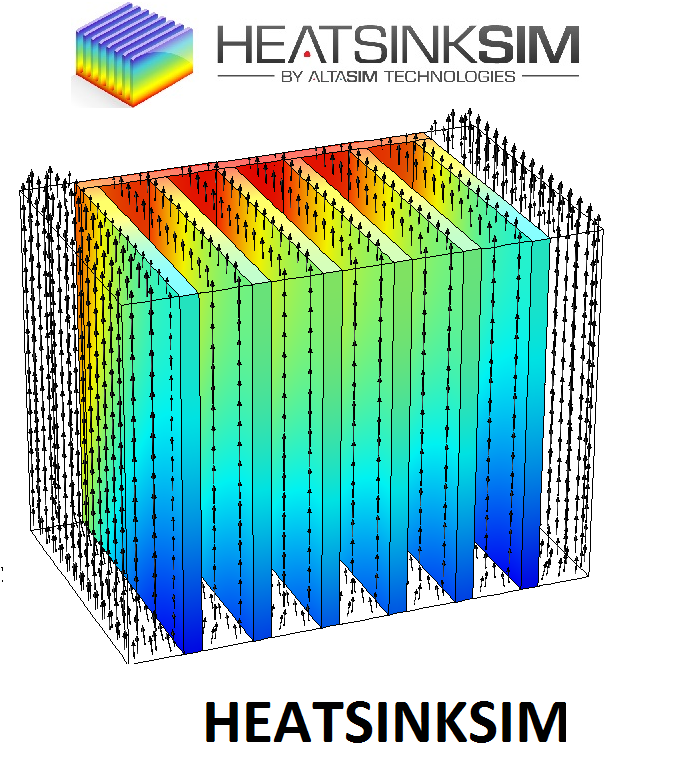HeatSinkSim
Changing Electronics Cooling
It has been a while since we have put out a Blog on electronics cooling and there is a very good reason for that – not much has changed, until now.
Progressive companies manufacturing electronic components and circuits consistently challenge the limits of component performance by offering increased functionality in a decreased product size. The associated increase in power density develops significant thermal energy that must be dissipated to maintain accurate long term performance. For components and circuits used in critical applications required to maintain operation such as continuous manufacturing operations and emergency communication systems, passive approaches for dissipating thermal energy are preferred.
But as we have demonstrated in previous blogs, traditional approaches for evaluating the thermal margin of safety are inherently conservative due to the significant assumptions made in calculating dissipation of thermal energy. Consequently, assessing the thermal response of a new device is generally left until late in the design process – following form and function. From the designer’s standpoint, getting traction on thermal challenges early in the design process is difficult for a few reasons:
- Estimating heat transfer rates before prototypes are available is not easy
- Allowable thermal margins may be masked by inherent limitations even after prototypes are made
- Waiting for sufficient testing can be a time-consuming and expensive process
If accuracy is required, predictive physics based computational analysis can be used but this requires access to skilled personnel, and sophisticated hardware and software. Any one of these could be a significant hindrance, but when all three are combined the resulting obstacle may become insurmountable for all but the largest companies.
A solution we developed following discussions with many of our customers, ranging from large multinational organizations to small individual developers, uses a computational simulation application (CApp) to explore the thermal behavior of power electronic devices. The CApp is HeatSinkSim which provides the accuracy of a physics based computational analysis with the ease of use of a spreadsheet – the first of a series of CApps to provide designers with the capability to examine the effect of heat sink design on thermal dissipation in power electronic components.
HeatSinkSim solves the conjugate heat transfer problem for a vertically oriented plate fin heat sink operating under natural convection. Heat transfer is analyzed as a combination of conduction, convection and radiation with a full solution to the associated thermal and fluid flow problem. Two levels of analysis are available: first, a parametric study of heat sink design, and secondly, an optional detailed analysis that provides highly accurate temperature distributions for the optimum design of heat sink. The second level of analysis is recommended when device specific limits on casing temperature and/or junction temperature are approached. The model was developed and validated in conjunction with detailed experimental measurements that have allowed inclusion of these automated warnings based on the level of accuracy expected from the analysis.
The user inputs the heat sink geometry, materials of construction and operating conditions.
Once the desired geometry, materials and operating conditions are established the associated computational analysis file, including geometry development, meshing, physics set up and solver settings, is automatically generated and submitted for execution. The complexity of the conjugate heat transfer analysis requires significant computational resources to provide an accurate solution and thus HeatSinkSim has been configured to run on cluster computing hardware. The App automatically identifies the computational resources required to complete the analysis and distributes the analysis over the available nodes/cores. On completion of the analysis the user is automatically prompted to review the results and download a standardized report. To allow general access, AltaSim is making HeatSinkSim available for use on personal clusters as well as through secure connection to independent parallel computing resources to ensure confidentiality; further customization for individual users can be performed if needed.
Access to the app and the hardware required to run the simulations is available through AweSim using a variety of payment options ranging from an annual license with unlimited use to pay-per-use options.
For more information on HeatSinkSim, contact Jeff Crompton at AltaSim Technologies (jeff at altasimtechnologies.com).



